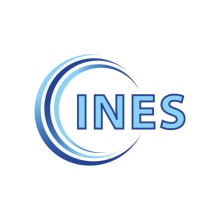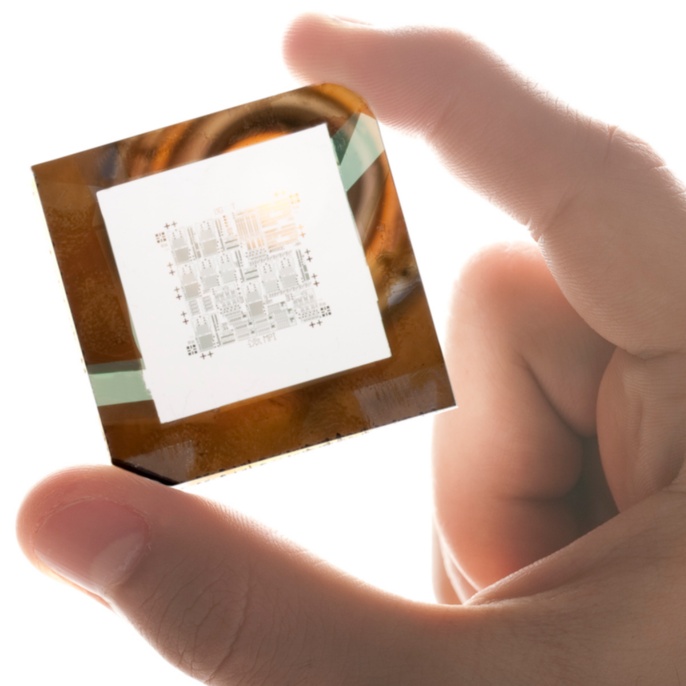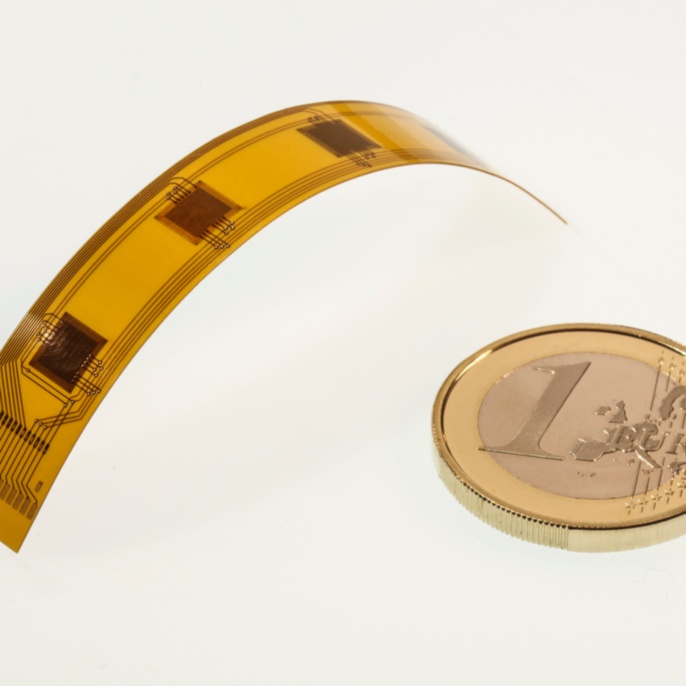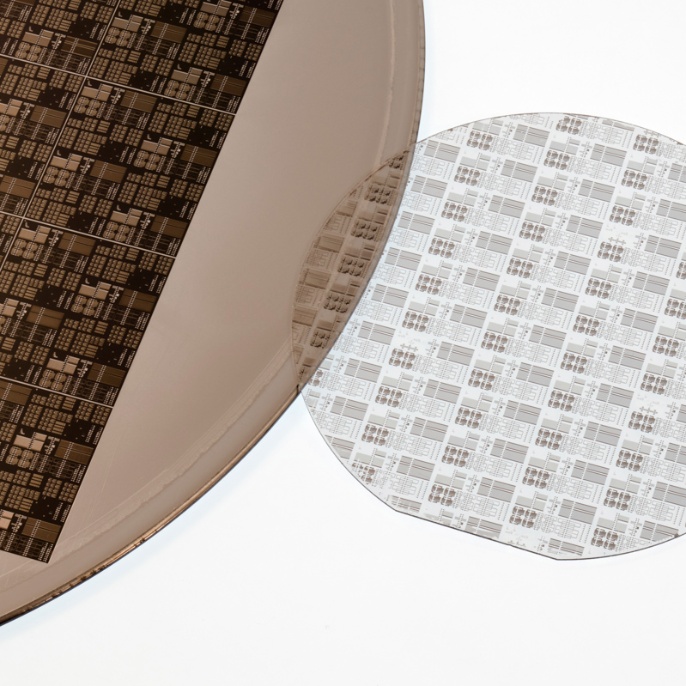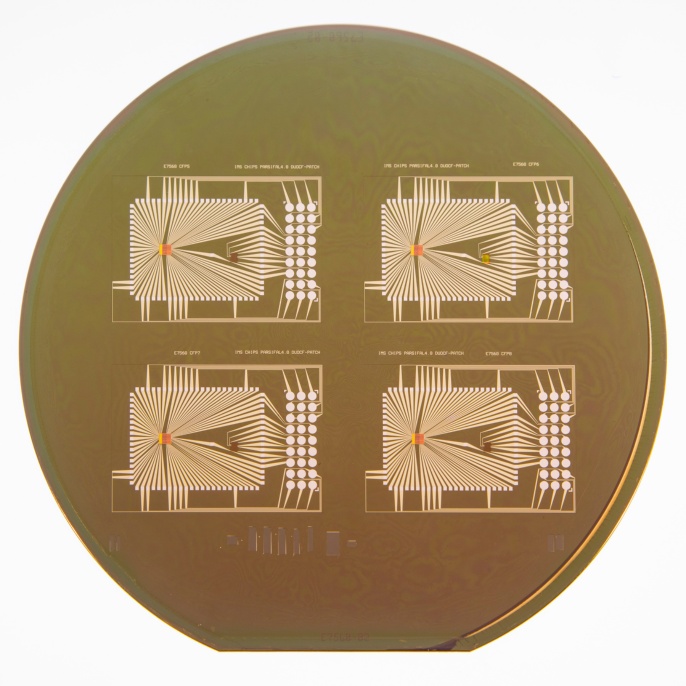Welcome to the Institute for Nano- and Microelectronic Systems
The Institute for Nano and Microelectronic Systems (INES) focuses on research and teaching in analog, digital and mixed-signal circuit technology in CMOS and CMOS-compatible technologies, component and processing simulation as well as the areas of testing and reliability of electronic components and circuits.
News
Every year, the University of Stuttgart award prizes for outstanding publication by each of its 10 faculties
With these awards, the University honors publications on outstanding research achievements and seeks to publicize subjects across disciplinary boundaries. The prize is endowed with 2,500 euros each and is awarded for significant publication achievements of the respective faculty.
Scientists at Institut für Mikroelektronik Stuttgart were responsible for the technologic development and manufacturing of the award-winning publication on integrated optical circuits.
Publication award Faculty 5 for the publication "Ultra-Efficient Silicon-on-Insulator Grating Couplers With Backside Metal Mirrors"
Participation in the publication by Niklas Hoppe1, Wissem Sfar Zaoui, Lotte Nagy1, Yun Wang1, Rouven H. Klenk1, Wolfgang Vogel1, Mathias Kaschel3, Simone LucaPortalupi2, Prof. Joachim Burghartz3 and Prof. Manfred Berroth1 of 1Institut für Elektrische und Optische Nachrichtentechnik, 2Institut für Halbleiteroptik und Funktionelle Grenzflächen and 3Institut für Mikroelektronik Stuttgart.
As part of the DFG`s (Deutsche Forschungsgemeinschaft) FFlexCom program (2016-18), scientists of the INES, IHF, and INT research facilities at the University of Stuttgart worked on a flexible film with integrated high-frequency chips and antennas. Using the Chip-film Patch technology developed at the IMS, foil systems with thinned BiCMOS chips and specially adapted antennas were fabricated, allowing signal transmission at the 5-6 GHz band.
The publication of the results in the "International Journal of Microwave and Wireless Technologies" has now been honored with the "Best Paper Award".
The Toward a flexible and adaptive wireless hub by embedding power amplifier thinned Silicon chip and antenna in a polymer foil paper was published by Golzar Alavi1, Sefa Özbek2, Mahsa Rasteh3, Markus Grözing2, Manfred Berroth2, Jan Hesselbarth3 and Joachim N. Burghartz1 of 1Institute for Nano-and Microelectronic System (INES), 2 Institute of Electrical and Optical Communications Engineering (INT) and 3Institute of Radio Frequency Technology (IHF) of the University of Stuttgart.
The Electron Devices Society Newsletter, published quarterly, covers regional and chapter activities, technical meetings, awards, and other news and initiatives of the society.
This series of articles has been initiated by Joachim N. Burghartz at the Institute for Microelectronics Stuttgart (IMS CHIPS), and will be edited by him and Simon Deleonibus.
Microelectronics have been successful in more than 50 years of continuous advancement following Gordon Moore’s vision from 1965. This progress became possible mostly through directed progress in device technology, following the ITRS roadmap. However, there were also unexpected discoveries and coincidental inventions that had a distinct and even fundamental impact on the art of microelectronics.
Those achievements will be highlighted in a series of articles.


